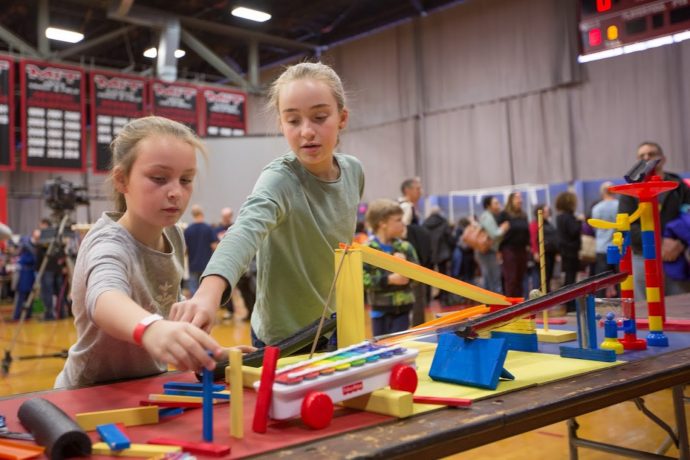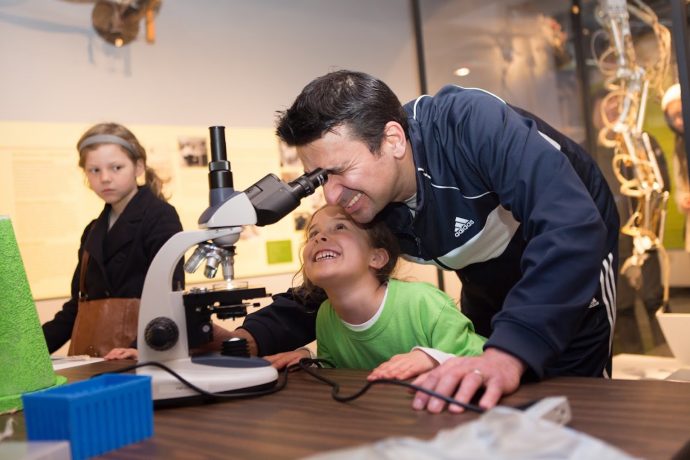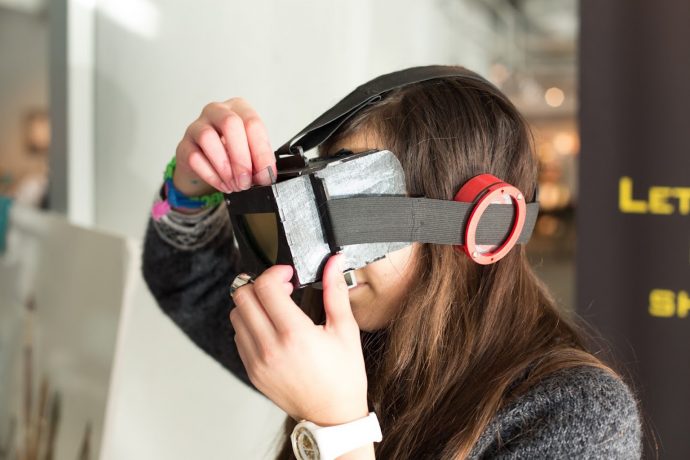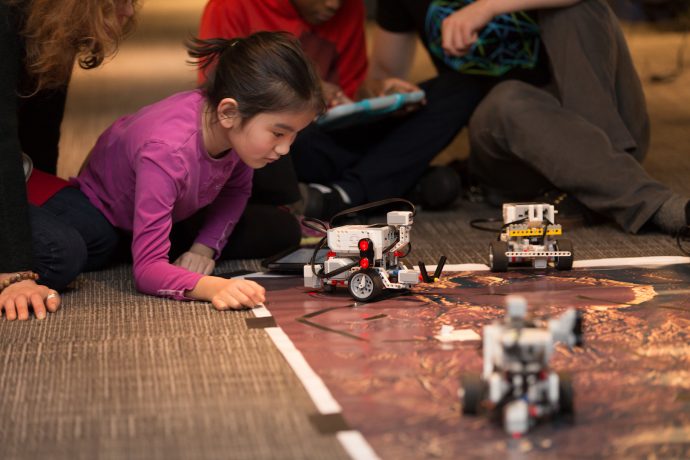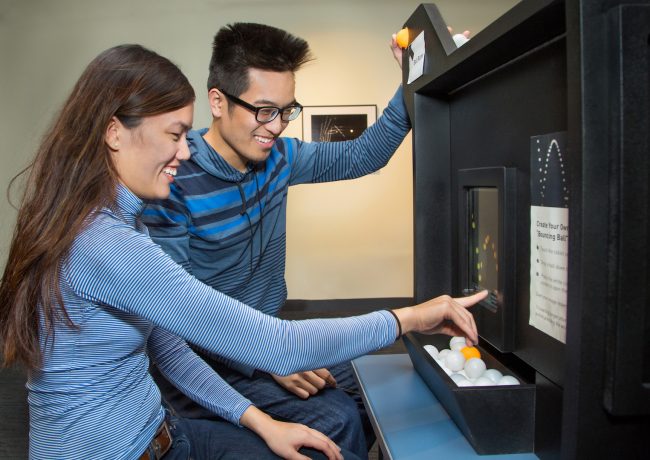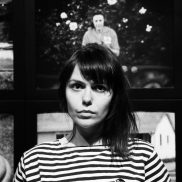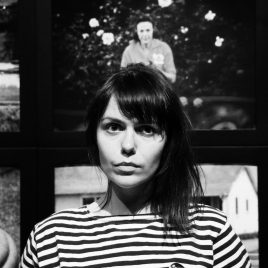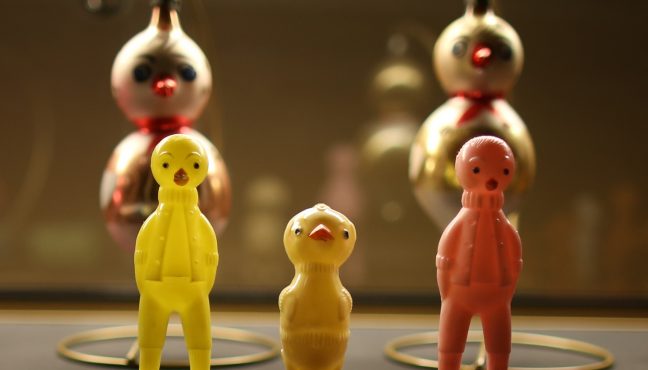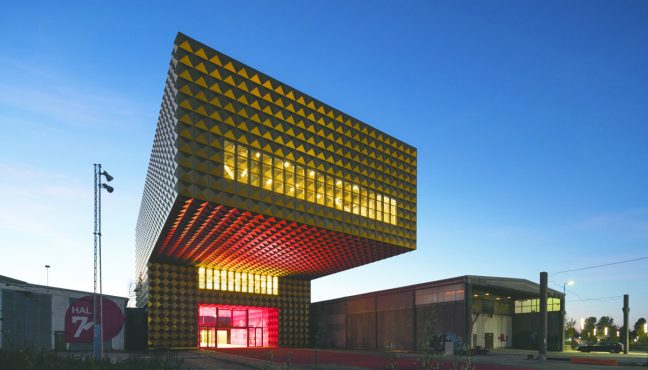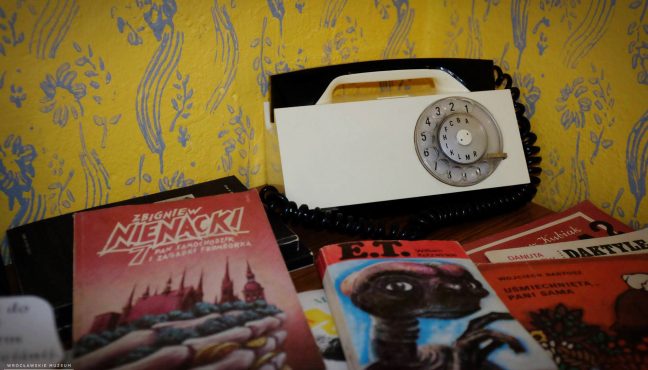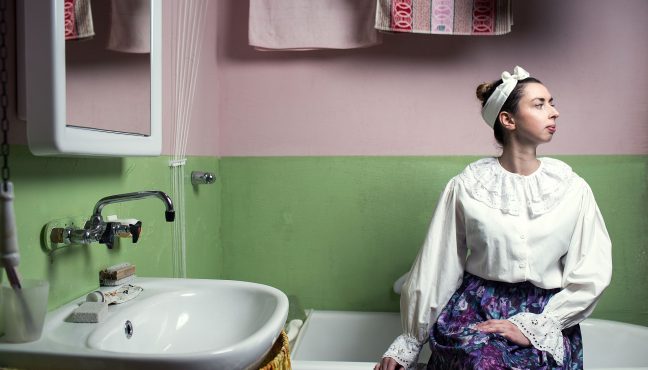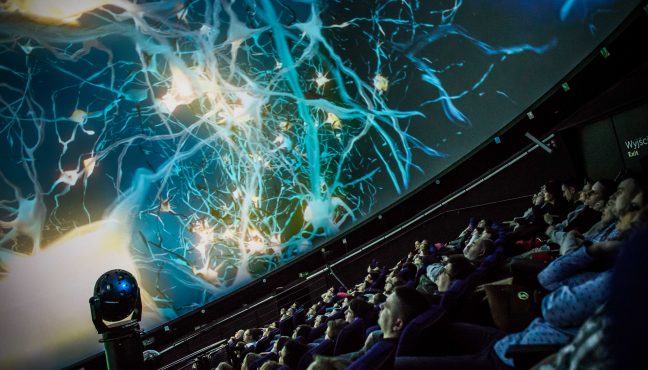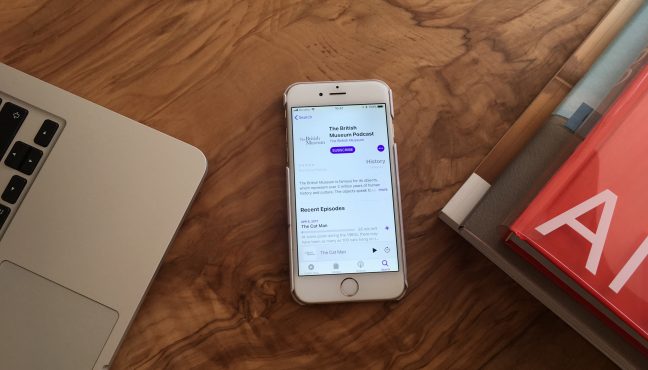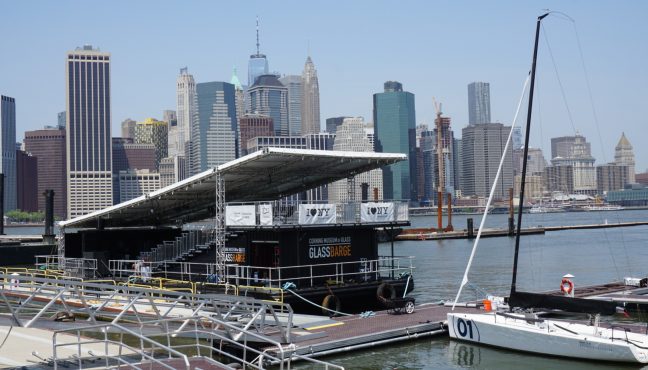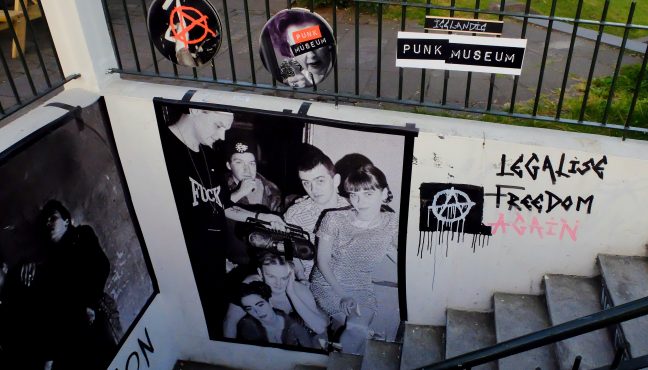What do you know about MIT? Top engineering school in the world? Check. Most cutting-edge research in fields of spanning robotics, Artificial Intelligence, nanotechnology and music? Check. One of the most beautiful and innovative campuses designed by Frank Gehry and Fumihiko Maki? Check. Would you be excited to be a part of this or, at least, take a closer look of what’s happening behind the doors of MIT Media Lab?
Now you have a chance! MIT Museum is the place when it comes to innovation, cutting-edge art and technology exhibitions, and fascinating public educational activities.
MIT Museum curators developed an outstanding program to advance knowledge and educate and engage broader audiences. We talked with Brindha Muniappan, the Director of Education and Public Programs at the MIT Museum. She actively produces programs for the public, including educational workshops for middle and high school students, speed-geeking science programs for adults, and hands-on explorations of engineering and technology for people of all ages.
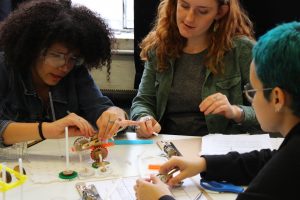
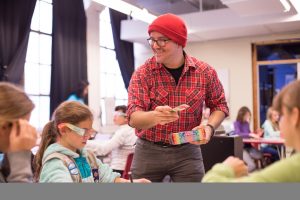
"I see the MIT Museum as MIT's "front porch" of sorts where the MIT community can connect with the public — and vice versa — about research (and non-research!) interests. We actively invite and engage MIT students, researchers and faculty to come to the Museum and participate in programs we create for them to connect with the public, or, invite discussion of their outreach and communication goals so that we can co-develop opportunities for them to connect with new audiences. The mission of the MIT Museum is to make MIT's research and innovation accessible to all, so we do our best to serve both the public and the MIT community," - Brindha Muniappan.
The Museum’s one-of-a-kind educational program is inspiring. It is different from every other museums' program, as MIT provides access to the cutting-edge technologies, a blend of art and science exhibition, educational activities facilitated by the MIT faculty.
"Our Museum workshops are taught by the Education Coordinator and a team of trained, part-time instructors, many of whom are graduate students. Our original content, developed at the Museum, focuses on hands-on learning and object-based explorations, and reflects research at MIT, exhibition content, and the Museum's Collections."
"Workshops are offered to middle and high school student groups (although occasionally adult groups will request a workshop). We run around 200 workshops annually, connecting with more than 4,000 students from all over the world."
We were particularly interested in the programs for adults, such as Discussion Series. MIT has long been inaccessible for the general audience, but now there is an opportunity to engage in conversation with the faculty and students through the programs offered by the Museum.
"We have two primary types of discussion programs, Soap Box and Talkback 360. Soap Box has a particular format that has become well-known locally, where attendees are asked to form small conversational groups to discuss their thoughts on the preceding presentation. Each group submits as many questions as they'd like to a Twitter site which is broadcast on a large screen in the presentation area and soon after, the whole group convenes again for a Q&A session that focuses on the questions that the participants raised in their groups. The format works work well and people seem to enjoy meeting others and having conversations about the evening's topic. Also, during the group discussions, the presenter often moves about to check in with one or more groups about the questions or comments they have."
Curating a program for MIT museum must be a challenge, it requires a lot of creativity and commitment to design a program that would be fascinating and accessible for general public. Our favorite example is the events program for girls-coders.
Even though such programs for women-coders have been quite a trend for a while, it is still rare and we need more similar approaches to provide more opportunities for women who are into coding and engineering.
"Our biannual Girls Day programs are immersive experiences that offer multiple insights into a field and related careers. For example, we have explored art & science, chemistry & materials science, and mechanical engineering. Attendees are able to meet and hear from women who are in different stages of their careers and who have taken diverse career paths; multiple hands-on activities related to the Day's theme are offered (typically by female MIT students in relevant fields); and encouragement to connect and explore is offered to all.Often 30 or more collaborators join us on a Girls Day to give a short presentation, offer a hands-on activity, or run a group workshop. We've been offering Girls Day programs since 2013 and regularly see visitation of 600-800 people each time. We have had a lot of enthusiasm, from the local community as well as from female MIT students and faculty, about this program. My team, of course, is fully invested in encouraging girls to pursue STEM careers — Girls Day is just one of the ways we do this — and developing resources to support girls in broadening their horizons and goals.
The MIT Museum offers a one-of-a-kind opportunity to explore the world of science, technology and engineering. The fascinating educational program goes beyond simply attracting visitors. It makes a change and creates opportunities for children and women to explore the opportunities offered by MIT.


